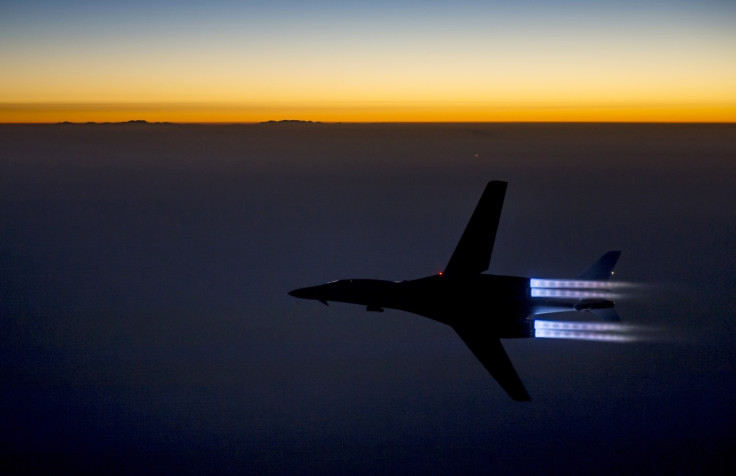Nasa's quieter supersonic passenger jet might soon be a reality
The space agency will take bids to manufacture a life-size demo of the supersonic jet by 2022.

Nasa's dream of building a supersonic passenger plane that doesn't create a 30-mile wide sonic boom might soon turn into a reality. The agency has told Bloomberg that its design for the commercial jet has been completed and starting August, it will start taking bids from aircraft manufacturers to build a larger 94-feet long demo plane with a budget of $390 million.
According to the report, the design, jointly created by Nasa and aerospace corporation Lockheed Martin, will keep sound waves from merging into the sharp N pattern of a sonic boom. The subtle changes made to shape of the aircraft will disperse the waves across a wide range of points behind it, reducing the noise output to 60 to 65 A-weighted decibels (dBa) – something as loud as a racing luxury car.
Nasa says, their design concept, a smaller-scale model of which was tunnel tested in June this year, should cut the six-hour journey from New York to Los Angeles in half. Peter Iosifidis, Lockheed's design program manager on the small-scale model said the larger demo plane will have room for "one pilot, fly as high as 55,000 feet, and run on one of the twin General Electric Co. engines that power Boeing Co.'s F/A-18 fighter jet".
If everything goes as the agency has planned, the passenger supersonic jet would be ready by 2022 for live testing over six populated communities. NASA also plans to share the result of its high-speed transit tests with leading US plane makers including Lockheed Martin, General Dynamics, Boeing, and startups such as Boom Technology and Aerion.
NASA's quiet supersonic jet could be a major upgrade over Concorde, one of the only two supersonic jets to have been operated commercially. The jet, which was prohibited over land, drew immense criticism due to the noise it created during landing and take-offs. It was several times louder at 90 dBa and was ultimately grounded in 2003.
© Copyright IBTimes 2025. All rights reserved.





















